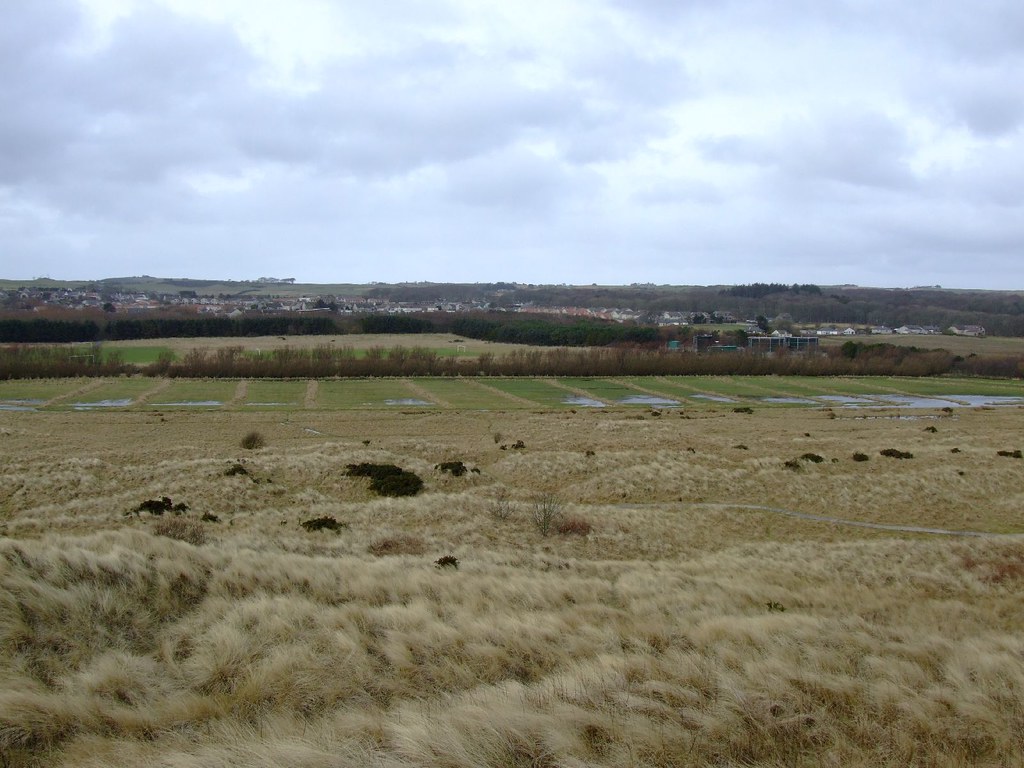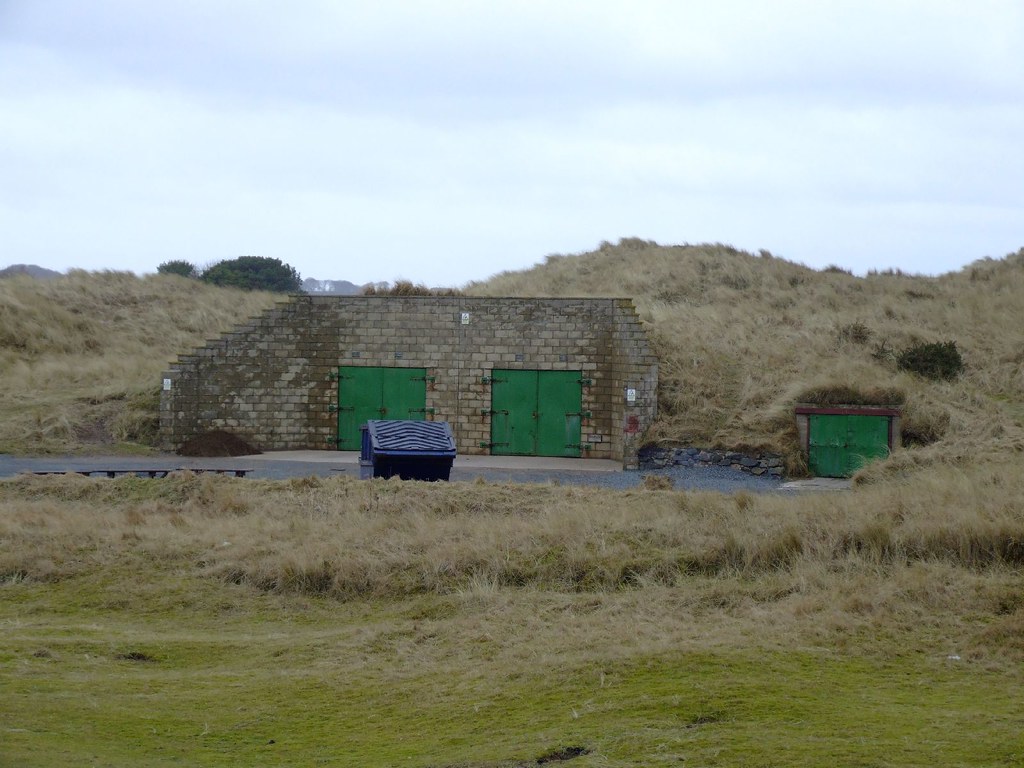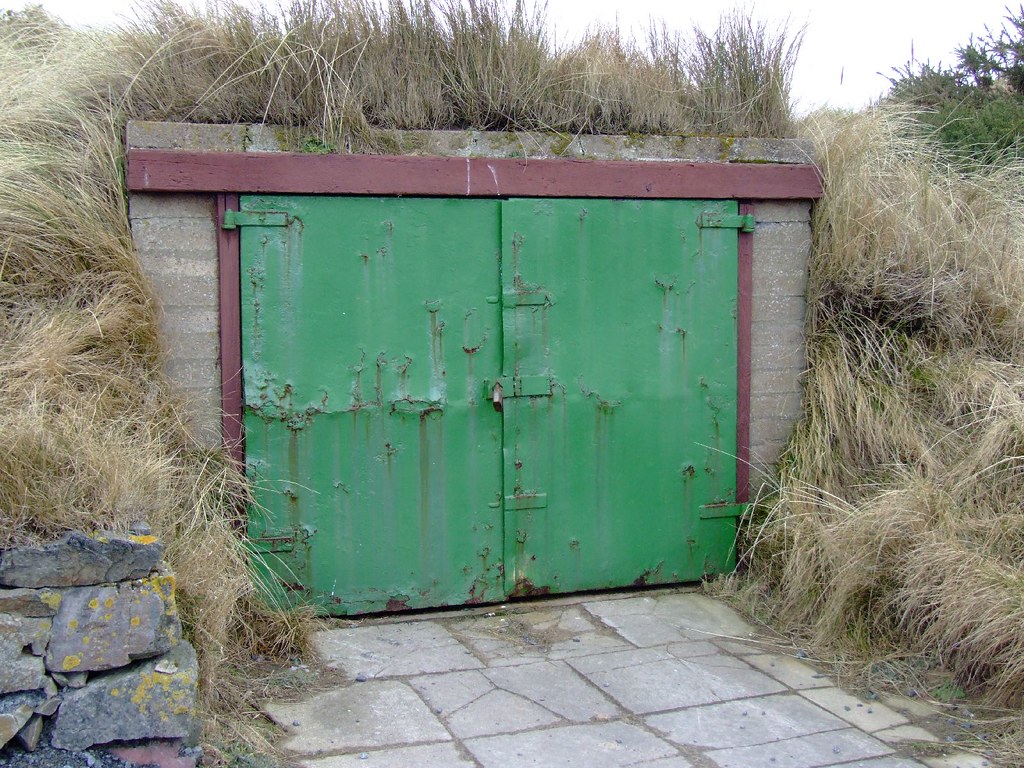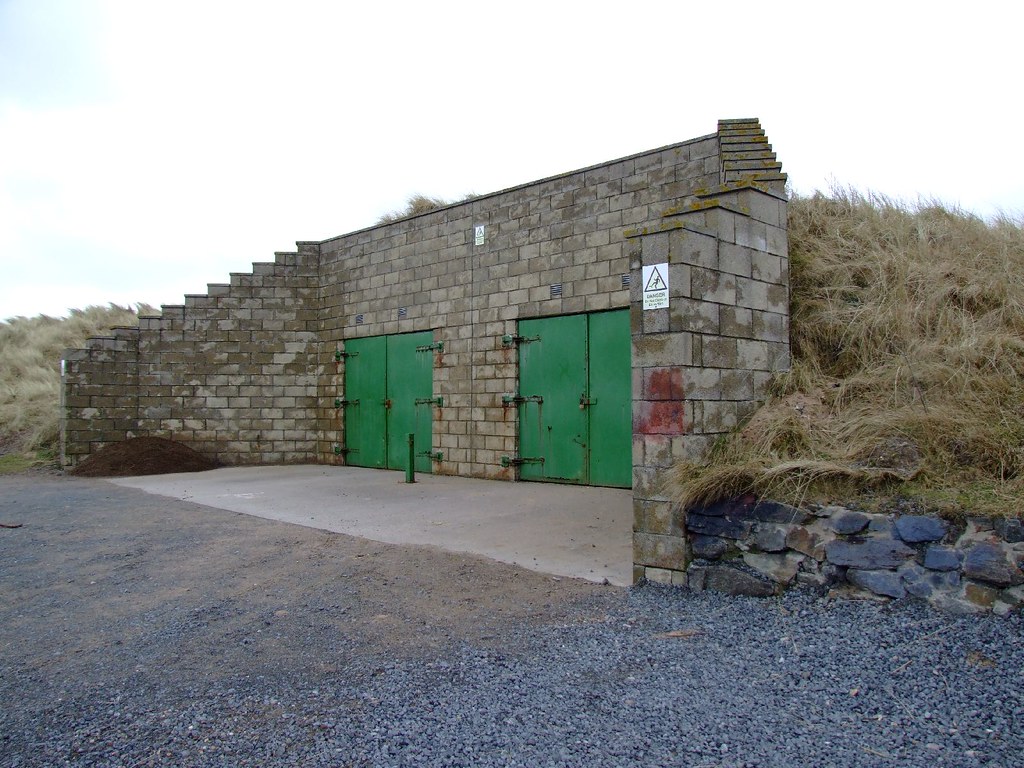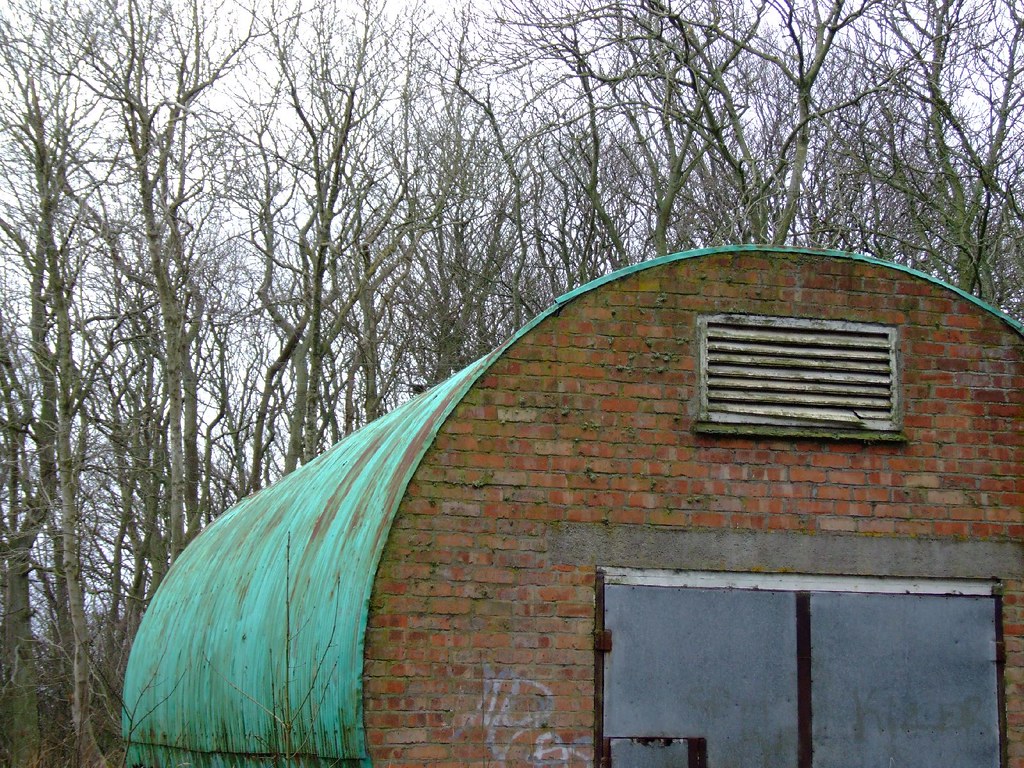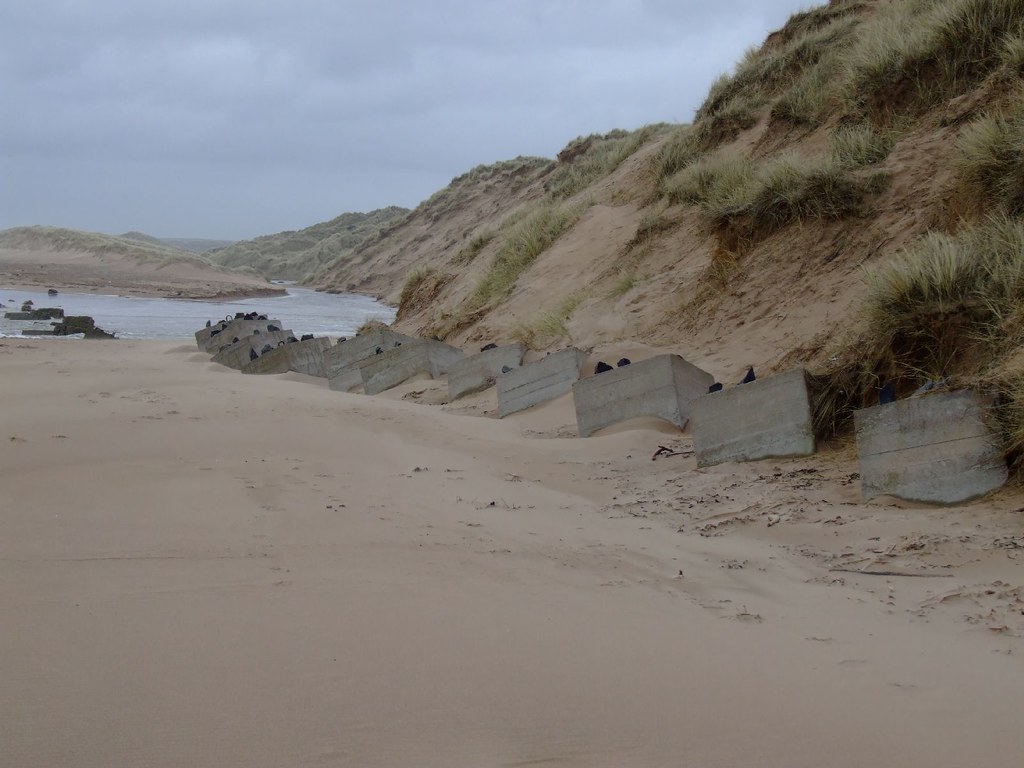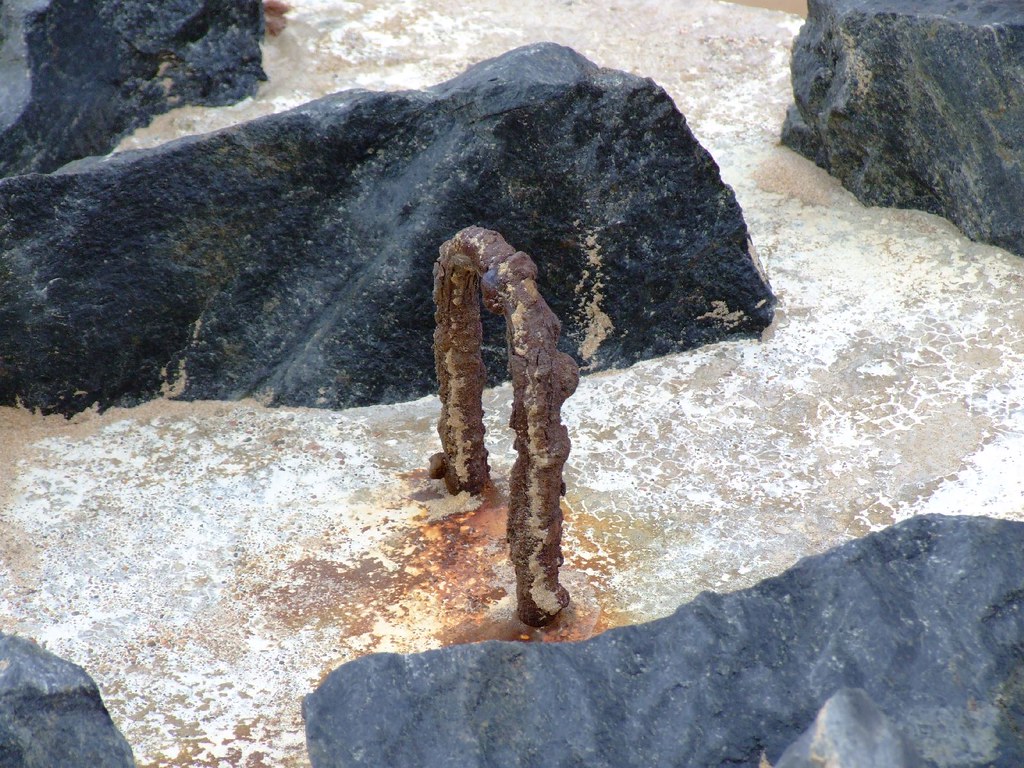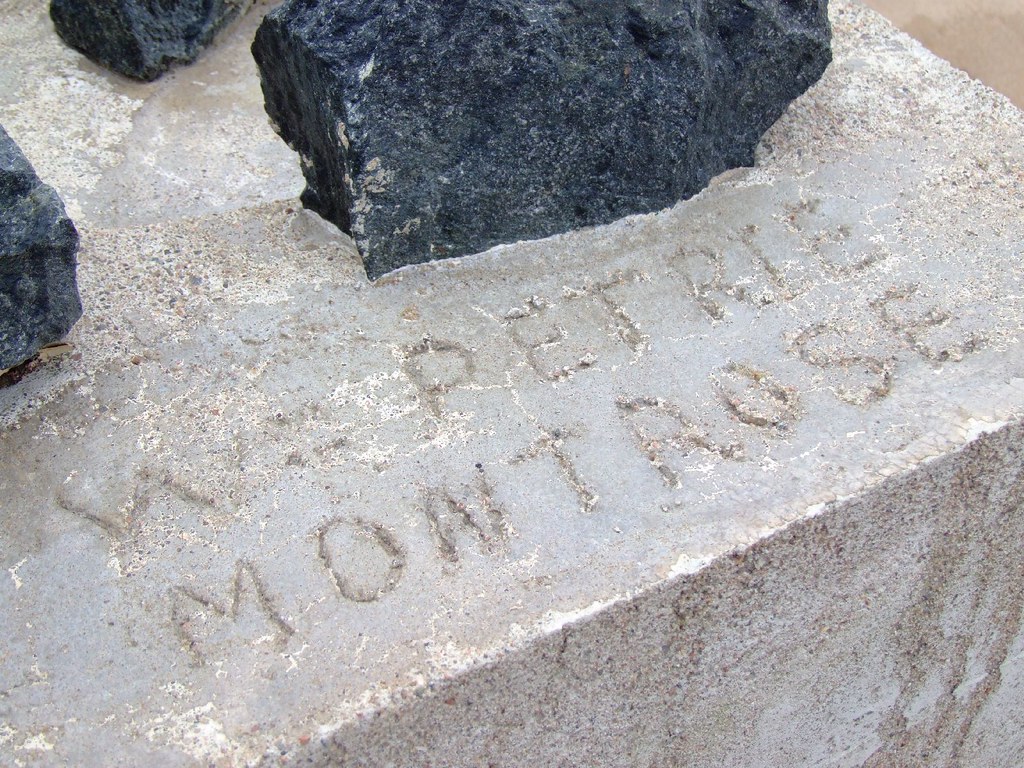Seahorse
Grumpy auld mod.
Famouse for the controversy surrounding Donald Trump's plans to build a world class golf resort, Balmedie links has a smattering of WW2 defences worthy of note. I had originally thought it was just a couple of pillboxes, but having spent a wee while tramping all over the dunes, I've come to the conclusion that the pillboxes were rather more than simple beach defenses: I think they were there to guard something in particular.
I say this because there are old bits of road, hard standings, and demolished concrete structures dotted about. I'll let the pics tell the story as I see it, but if anyone has any info about the role Balmedie played in the war, I'd be glad to hear it.
First up is the group of 3 pillboxes; 1 large, 2 small. Unusual construction.
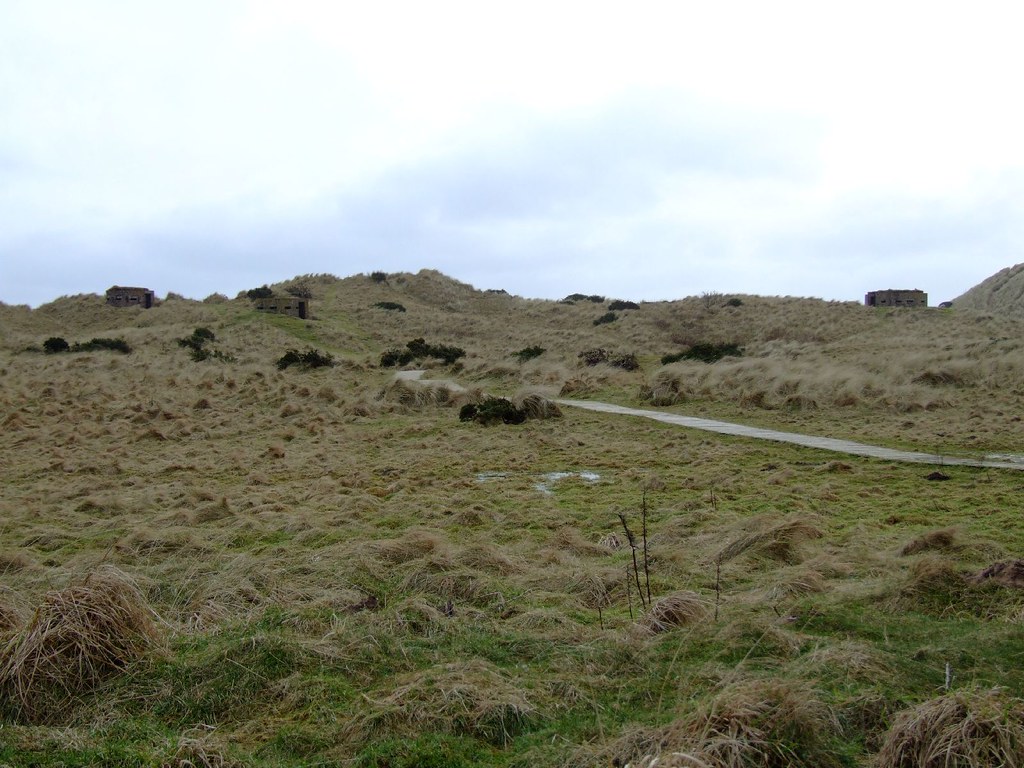
This is the larger of the 3. In more detail, here's what the DoB has to say.
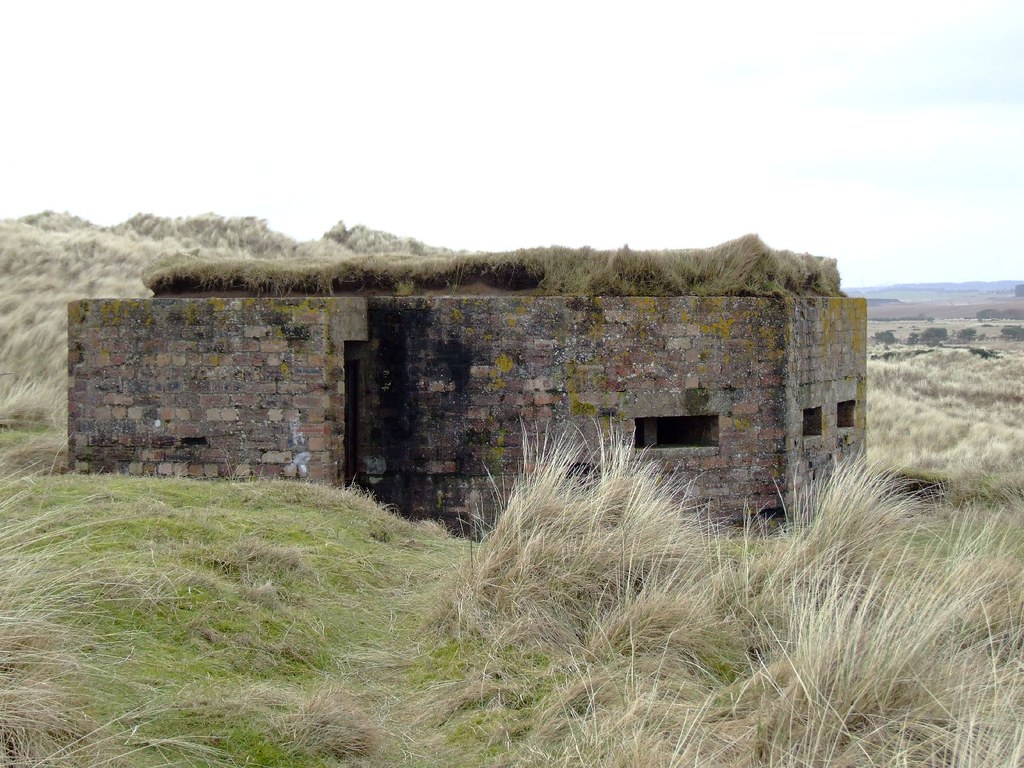
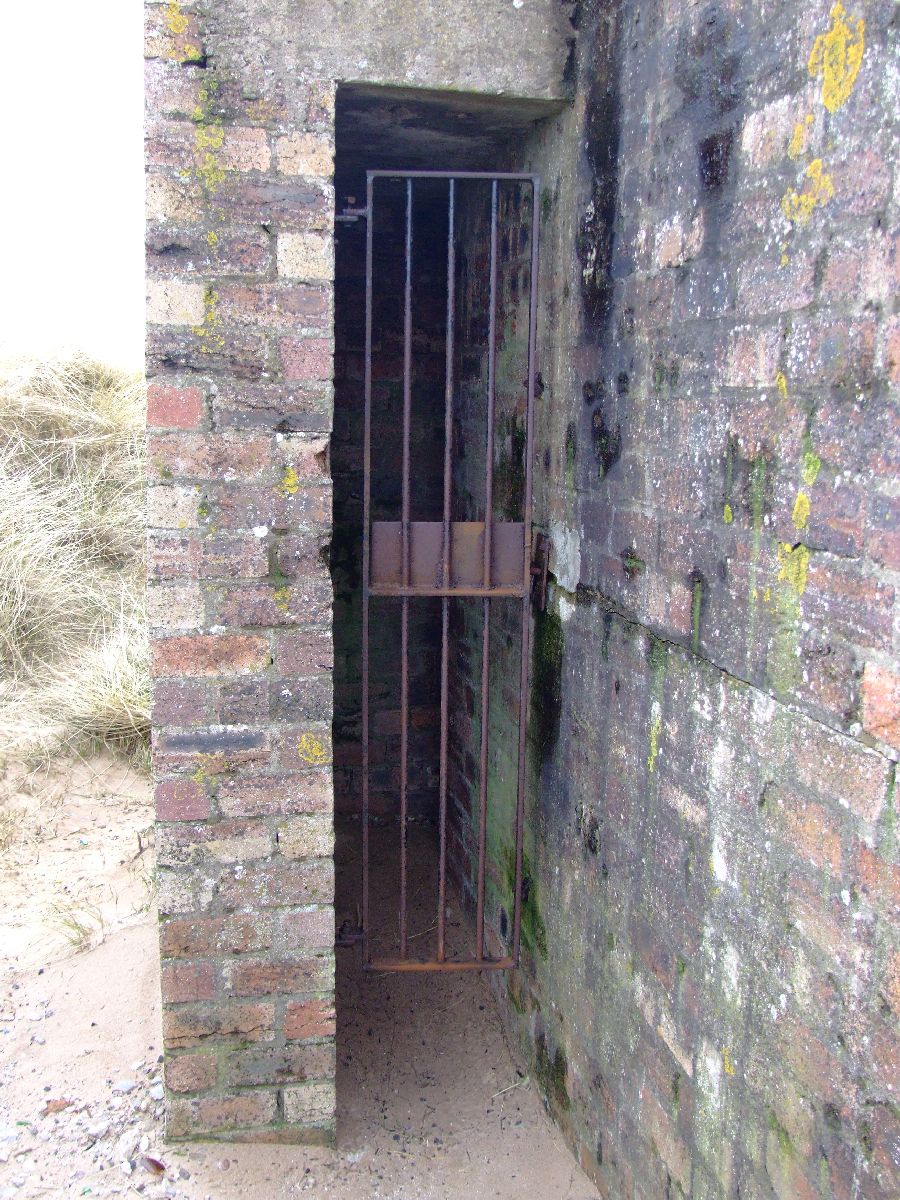
Next up is the SW small pillbox.
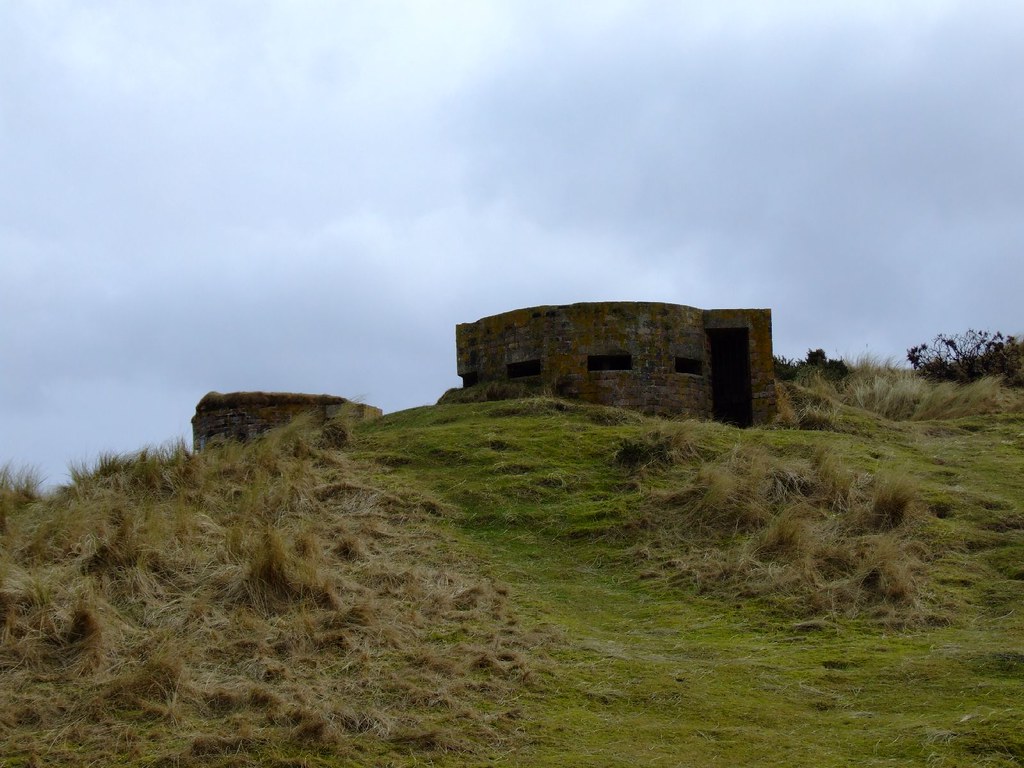
And now the NE small pillbox.
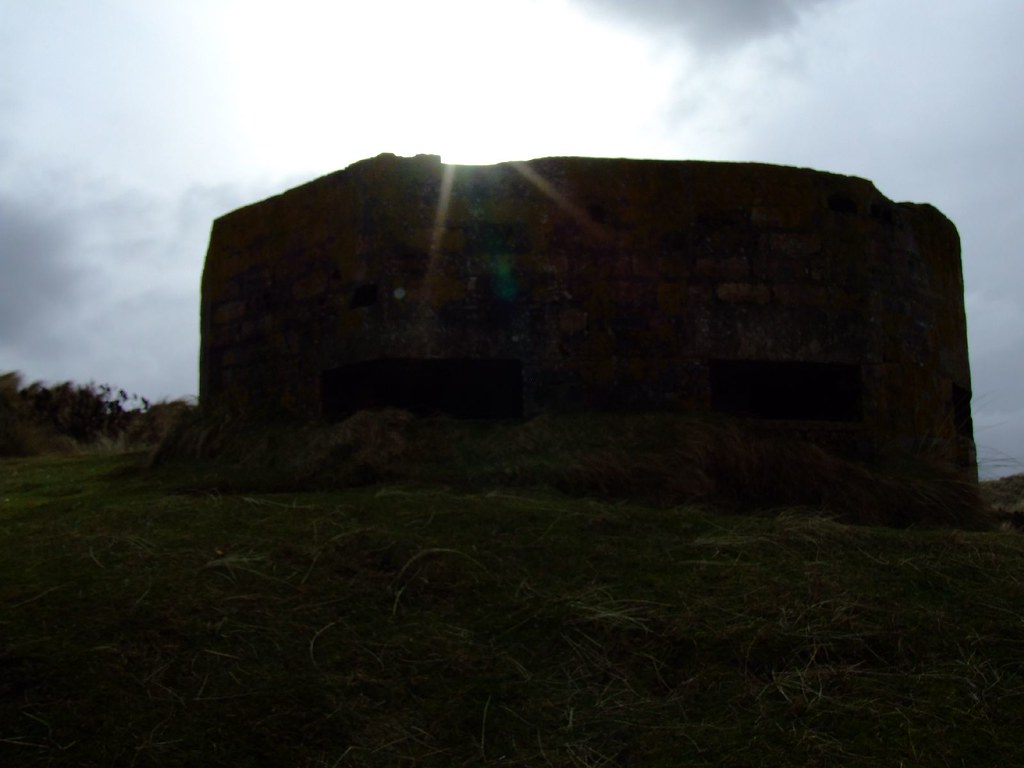
I say this because there are old bits of road, hard standings, and demolished concrete structures dotted about. I'll let the pics tell the story as I see it, but if anyone has any info about the role Balmedie played in the war, I'd be glad to hear it.
First up is the group of 3 pillboxes; 1 large, 2 small. Unusual construction.

This is the larger of the 3. In more detail, here's what the DoB has to say.
PILLBOX (VARIANT): S0013062
The Defence of Britain
Location: Balmedie Links.
Condition: Extant but condition unknown
Description: ____/__/__ For pillbox to the north (NJ 9807 1836), see NJ91NE 15. GRC cite locations of pillboxes as NJ 9766 1756 (GRC 20), 9766 1762 (GRC 21) and 9769 1764 (GRC 22). NMRS, MS/712/9. Seen as a group of three, all of unusual construction (GRC 20). NJ 9766 1756. 7 sides, 1 door with blast wall, 9 embrasures; about 14ft long, 12ft wide, 7 ft high; inside ricochet wall. (GRC 21). NJ 9766 1762. One of two similar pillboxes in the group. All unusual, being round with 4 flat sides, 1 door with blast wall, 5 embrasures. About 10ft in diameter with central wall. (GRC 22). NJ 9769 1764. Very similar to GRC 21, except inside wall different. Visited by Mr J Guy, 10 July 1992. NMRS, MS/712/8. This group of three pillboxes lies on the landward side of the dunes of Balmedie Links, overlooking an area of level ground to the W. All three have brick walls with concrete roofs and floors. The northernmost (NJ 9769 1764) is polygonal, but with a rounded W face, and measures 5.65m in diameter over walls 0.93m thick. It is equipped with four embrasures distributed around its N and W sides, and the entrance on the S is protected by a baffle. The second pillbox (NJ 9766 1762) is situated 19m to the SW, buried in sand up to the level of its embrasures, and of similar design. The southernmost pillbox (NJ 9766 1756) of the group, lying a further 70m to the SW, is again hexagonal in plan and is slightly larger with walls 0.9m thick. Its W, S and E faces respectively are pierced by a pair of embrasures, with single embrasures in its shorter SW and SE faces, and an entrance protected by a baffle in its N face. The interior of each of the pillboxes, which could not be entered on the date of visit, is sub-divided by a wall. Visited by RCAHMS (IF, JRS), 4 March 1996.


Next up is the SW small pillbox.
PILLBOX (VARIANT): S0013063

And now the NE small pillbox.
PILLBOX (VARIANT): S0013064





